|
     
|
|
| |
|
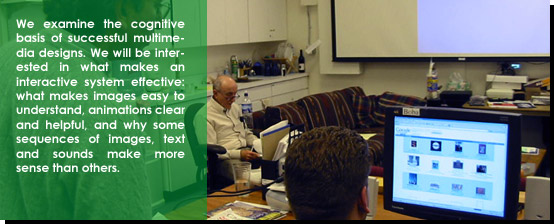 |
| |
|
|
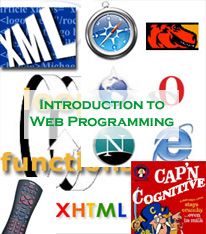 |
This course is an introduction to several web programming languages
and their real world applications. Concepts and programming languages
covered include: document structure (XHTML), formal layout (CSS),
interactivity (JavaScript), and structure of content (XML). Students
learn how to organize and present information on the World Wide Web.
More |
|
| |
|
|
|
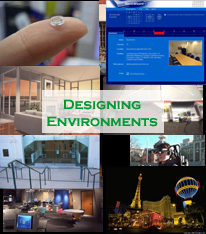 |
We are looking at the diverse way people interact and move through
their environments and to look for design guidance that can help us
build a better lab environment, work environment, study environment,
games environment, and educational environment. We want to explore
the diversity of environment spaces that are created for people to
live in, work in, find information in, and play in. We want to investigate
ways that we can bridge the digital and physical divide by embedding
digital objects into our everyday environments. More |
|
| |
|
|
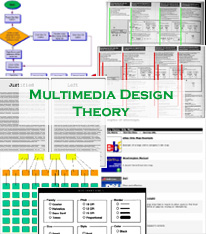 |
This class consists of lectures and labs designed to work together
to introduce the student to the dynamic field of web design and information
architecture. The lectures will present and examine key issues that
thoughtful designers need to understand to improve user experience.
Initial help on HTML programming will be available during lab sessions,
but overall the course is setup to help students find the programming
tutorials and help they need on the web. More |
|
| |
|
|
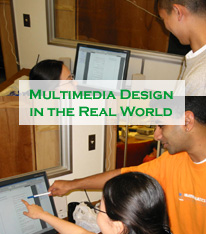 |
In this course, students learn the process of creating a professional
website for a real client. Each of the steps that professional web
designers take in the process of creating a website are learned here,
such as writing the creative brief, storyboarding, and putting out
the final product. Along with learning the website creation steps,
students will learn the theory behind creating each of these deliverables.
The lecture topics encompass the areas of Site Design, Task Analysis,
Theory behind Hypertext and Interactiviy, and Usability. More |
|
| |
|
|
|













